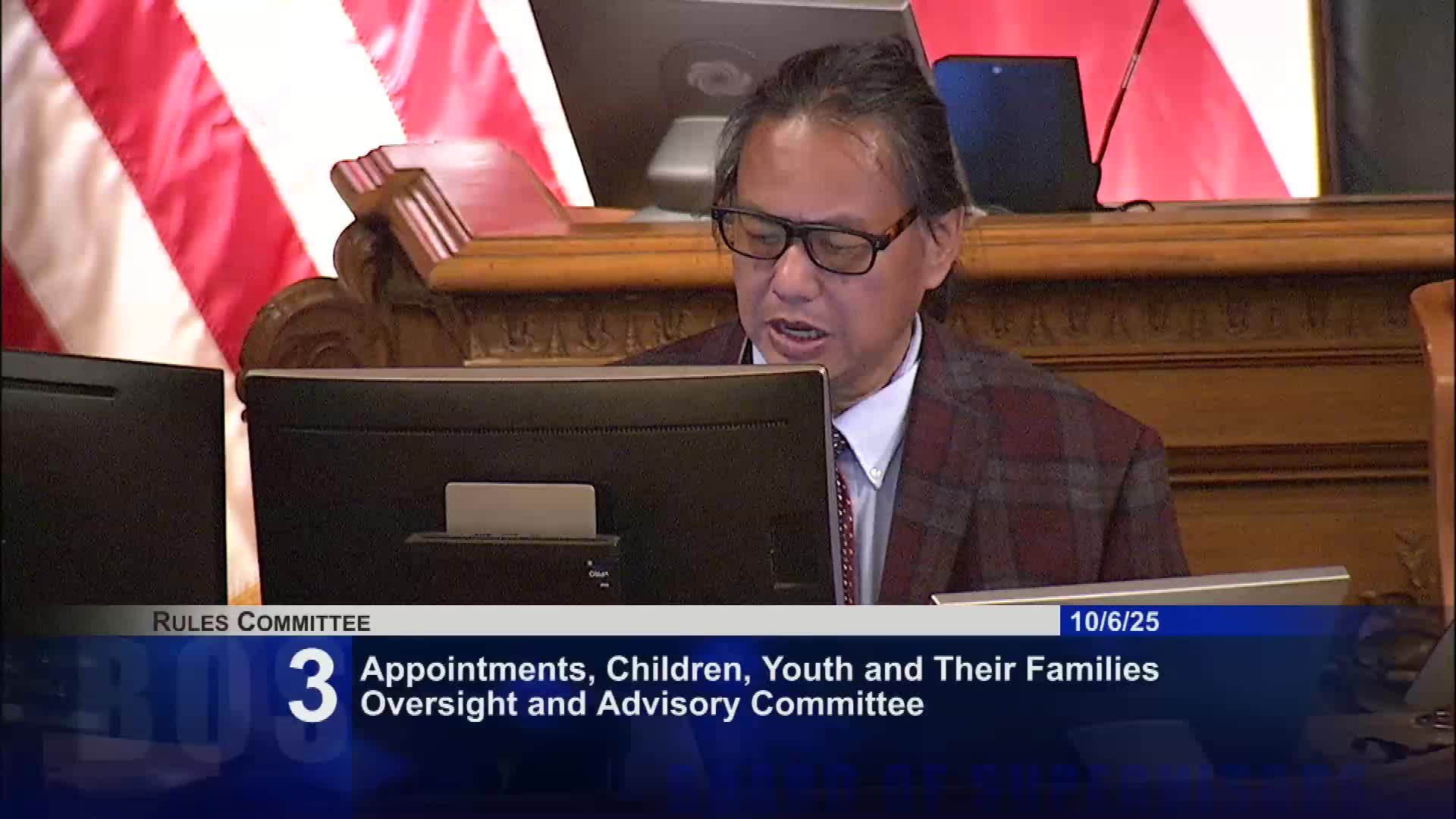SFMTA Presents Annual Surveillance Report on Driver Safety and Speed Enforcement Cameras
October 06, 2025 | San Francisco County, California
This article was created by AI summarizing key points discussed. AI makes mistakes, so for full details and context, please refer to the video of the full meeting. Please report any errors so we can fix them. Report an error »

The San Francisco County government meeting held on October 6, 2025, focused on the acceptance of the annual surveillance report from the San Francisco Municipal Transportation Agency (SFMTA). The meeting began with a presentation by Nabil Arnaud from SFMTA, who outlined the agency's compliance with Administrative Code Section 19B.0.6, which mandates annual reporting on surveillance technologies.
Arnaud explained that the SFMTA has made changes to its reporting process, now requiring individual agency reports rather than a consolidated report from the Committee on Information Technology. This year, SFMTA reported on two specific technologies: driver safety video analytics and automated speed enforcement.
The driver safety video analytics program, which has been in place for some time, collects data on driving events to identify areas for improvement in maintenance and training. Arnaud noted that there were no complaints or violations associated with this program in the past year.
The automated speed enforcement program, which involves cameras at 33 intersections to monitor speeding, has been operational since March, with official citations beginning in August. Arnaud reported a significant 72% decline in speeding vehicles since the program's implementation. However, he indicated that a comprehensive analysis of accident data is pending, as the SFMTA is awaiting quarterly data from the police department.
Arnaud also discussed personnel changes related to the speed enforcement program, stating that light-duty personnel would be utilized to process events. This approach is designed to ensure that those with temporary medical restrictions can still contribute to the program without incurring additional costs to the agency.
During the meeting, there was a brief discussion about public inquiries regarding the program, with approximately 15 to 20 communications received weekly from confused residents. Arnaud expressed optimism that these numbers would decrease as public understanding of the program improves.
The meeting concluded with a motion to forward the resolution to the full board, which passed unanimously without objection. The next item on the agenda was then called for discussion.
Arnaud explained that the SFMTA has made changes to its reporting process, now requiring individual agency reports rather than a consolidated report from the Committee on Information Technology. This year, SFMTA reported on two specific technologies: driver safety video analytics and automated speed enforcement.
The driver safety video analytics program, which has been in place for some time, collects data on driving events to identify areas for improvement in maintenance and training. Arnaud noted that there were no complaints or violations associated with this program in the past year.
The automated speed enforcement program, which involves cameras at 33 intersections to monitor speeding, has been operational since March, with official citations beginning in August. Arnaud reported a significant 72% decline in speeding vehicles since the program's implementation. However, he indicated that a comprehensive analysis of accident data is pending, as the SFMTA is awaiting quarterly data from the police department.
Arnaud also discussed personnel changes related to the speed enforcement program, stating that light-duty personnel would be utilized to process events. This approach is designed to ensure that those with temporary medical restrictions can still contribute to the program without incurring additional costs to the agency.
During the meeting, there was a brief discussion about public inquiries regarding the program, with approximately 15 to 20 communications received weekly from confused residents. Arnaud expressed optimism that these numbers would decrease as public understanding of the program improves.
The meeting concluded with a motion to forward the resolution to the full board, which passed unanimously without objection. The next item on the agenda was then called for discussion.
View full meeting
This article is based on a recent meeting—watch the full video and explore the complete transcript for deeper insights into the discussion.
View full meeting
